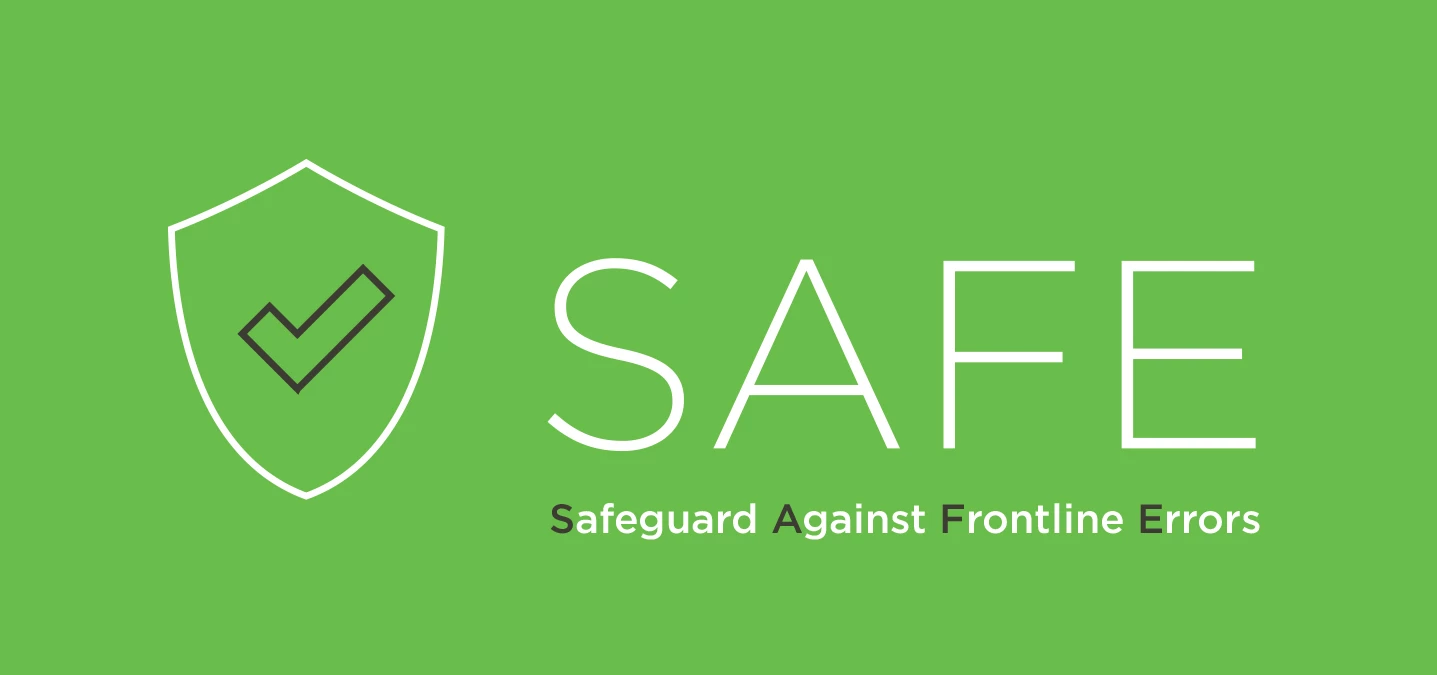
Partner Article
New report released to promote best standards of care for the medication management across A&E departments
A new report ‘SAFE: Safeguard Against Frontline Errors’ has today (21st November 2017) been launched by Omnicell UK & Ireland, the world-leading provider of automated healthcare solutions and medication adherence packaging. The report is part of a new campaign to raise awareness and promote best practice standards of care for the management of medication in A&E departments in UK hospitals.
The latest figures for 2015/6 showed that on average 49,000 people attended major A&E departments in England every day – in winter this figure rockets. As well as driving much-needed efficiencies, the SAFE report analyses the key role automation plays in patient safety around medication management and compliance. Recent figures show that in the 12-months leading up to September 2016, more than 190,000 medication errors involving the management of medication were reported in England to the NHS National Reporting and Learning System (NRLS). These errors include; giving the wrong medicine, the wrong dose of the right medicine – or giving medicine to the wrong patient. The majority, nearly 150,000 were reported in UK hospitals. Yet, technology exists via innovative digital dispensing and management systems which can dramatically reduce, if not eradicate, all these errors.
Omnicell has launched the SAFE report together with an A&E Standard of Care booklet to encourage more Trusts and policy makers to embrace ward-based pharmacy technology in order to create a system that can cope efficiently with these pressures and deliver a world-class health service. Both resources are to be distributed free of charge to NHS Trusts across the country as well as Patient Safety Collaboratives, in an effort to share best-practice and learning across the NHS.
The new report, which was commissioned by Omnicell and authored by a leading pharmaceutical expert found that within an A&E setting, ward-based pharmacy automated medicines cabinets result in a more efficient and reliable system for patients and staff. Automation has significantly helped A&E departments cope with winter pressures; NHS hospitals which have installed these systems have found that they;
• Improve patient safety: reducing incidents of missed doses • Improve productivity and efficiency: reducing ad-hoc ordering, stock-outs and wastage and replacing CD paper registers. As well as cutting staff time searching for keys and topping-up ‘old fashioned’ medicine cupboards – meaning more time can be spent on patient care. • Fuel much needed costs savings: reducing stock line, consumption & expiry losses • Improve ‘swift and safe’ patient discharge: thereby reducing ‘bed-blocking’
The report highlights the key role the discharge process plays from A&E to the ward, particularly around medicines, which has not been designed for the extra demand that is now being placed on them. In short, poor medicines management from old systems and working practices hugely impacts A&E discharge times and the ‘flow’ of patients throughout a hospital with huge consequences. It is imperative that A&E staff have quick and easy access to medicines and are not diverted from clinical care to the logistics of medicines supply. The SAFE report identified 5 key consequences of poor medicines management in this area;
- Missing keys; finding medication cupboard keys wastes valuable time for staff and patients
- Controlled Drugs Register: a full CD count has to be undertaken twice a day which is time consuming
- Poor stock control: poor medicines handling results in over-stock and out of date stock and unnecessary waste
- Poor discharge processes: patients are often made to wait to take home medication resulting in a poor flow of patients through the system
- Lack of medication audit trail: the lack of audit trail of which drug, dose, patient, time and person administering can compromise safety through missed or repeated doses.
The report’s findings concur with a number of leading voices and reviews calling for change in this area. Yet surprisingly, despite recent analysis and recommendations from NHS England’s Next Steps on the NHS Five Year Forward Plan (March 2017), the Lord Carter report and the subsequent CQC report into patient safety within the NHS, many hospitals are yet to automate their medication process. As winter approaches and pressures mount on A&E departments, nurses and frontline staff, Omnicell is calling for medication-based automation to become a standard of care in A&E departments up and down the country.
Automation creates a reliable system for administrating medicines to patients. It gives the reassurance that the right medicine is available for the right patient, at the right time. Nurses are able to log into the systems using a PIN code or fingerprint and are guided to the medication by a flashing light to the correct drawer. A full audit trail, in the event of a product recall, is available at the touch of a button.
This was posted in Bdaily's Members' News section by LT .
Enjoy the read? Get Bdaily delivered.
Sign up to receive our popular morning National email for free.








 Keeping it reel: Creating video in an authenticity era
Keeping it reel: Creating video in an authenticity era
 Budget: Creating a more vibrant market economy
Budget: Creating a more vibrant market economy
 Celebrating excellence and community support
Celebrating excellence and community support
 The value of nurturing homegrown innovation
The value of nurturing homegrown innovation
 A dynamic, fair and innovative economy
A dynamic, fair and innovative economy
 Navigating the property investment market
Navigating the property investment market
 Have stock markets peaked? Tune out the noise
Have stock markets peaked? Tune out the noise
 Will the Employment Rights Bill cost too much?
Will the Employment Rights Bill cost too much?
 A game-changing move for digital-first innovators
A game-changing move for digital-first innovators
 Confidence the missing ingredient for growth
Confidence the missing ingredient for growth
 Global event supercharges North East screen sector
Global event supercharges North East screen sector
 Is construction critical to Government growth plan?
Is construction critical to Government growth plan?